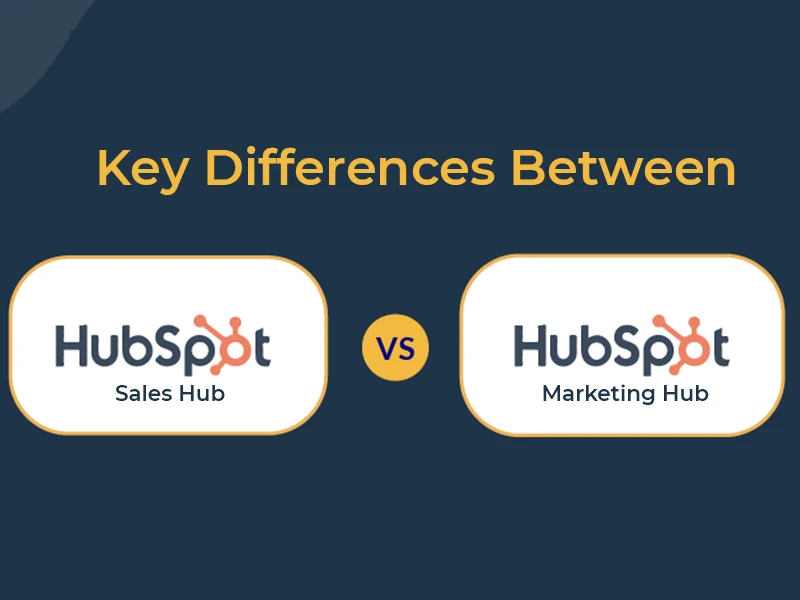HubSpot offers two powerful tools to enhance your business: the Marketing Hub and the Sales Hub. While both are integral to customer relationship management, they serve distinct functions.
HubSpot Marketing Hub
The Marketing Hub is an all-in-one inbound marketing platform designed to streamline your marketing efforts. It offers tools to automate tasks, manage social media posts, create blog content, and send targeted emails. These features help in attracting and nurturing leads, ultimately driving business growth.
Key Features
- Automation: Automate repetitive marketing tasks to save time and increase efficiency.
- Social Media Management: Create, schedule, and monitor social media posts from a single dashboard.
- Content Creation: Develop and manage blog posts and landing pages with ease.
- Email Marketing: Send personalized emails to engage your audience effectively.
HubSpot Sales Hub
The Sales Hub is a cloud-based CRM platform aimed at enhancing sales processes. It provides tools for managing pipelines, automating sales tasks, and gaining insights into customer interactions. This hub empowers sales teams to build stronger relationships and close deals more efficiently.
Key Features
- Pipeline Management: Organize and track deals to ensure a smooth sales process.
- Lead Management: Keep detailed records of leads and their interactions with your business.
- Email Templates and Sequences: Utilize pre-designed templates and automate follow-ups to maintain consistent communication.
- Sales Analytics: Access insights to monitor performance and identify areas for improvement.
Choosing Between Marketing Hub and Sales Hub
Your choice between the two depends on your business objectives. If your focus is on attracting and nurturing leads through marketing campaigns, then Marketing Hub is ideal. Conversely, if your goal is to streamline sales processes and enhance customer relationships, Sales Hub would be more appropriate.
For businesses aiming to align their marketing and sales efforts, integrating both hubs can provide a comprehensive solution. This integration ensures seamless data flow between teams, leading to improved efficiency and better customer experiences.
In summary, HubSpot’s Marketing Hub and Sales Hub offer distinct yet complementary features. Understanding their differences and how they align with your business goals will help you make an informed decision.
You may also like
Integrate IQ Expands Services to Include CRM Onboarding, Implementation, Training, and Data Cleanup
Struggling to get the most out of your CRM? Integrate IQ's new onboarding, implementation, training, and data cleanup services streamline CRM setup, ensure user adoption, and…
Read moreEssential Strategies to Enrich HubSpot Contacts With Third-Party Data
Sales teams win more deals when they have context. By enriching HubSpot contacts with accurate third-party data, your team gains clarity, personalization, and timing, all essential…
Read moreCustom Software Integrations: The Superior Choice Over iPaaS and Native Tools
Struggling with disconnected software? Pre-built integrations limiting your growth? Custom software integrations are the key to unlocking seamless data flow, boosted efficiency, and a truly connected…
Read more

